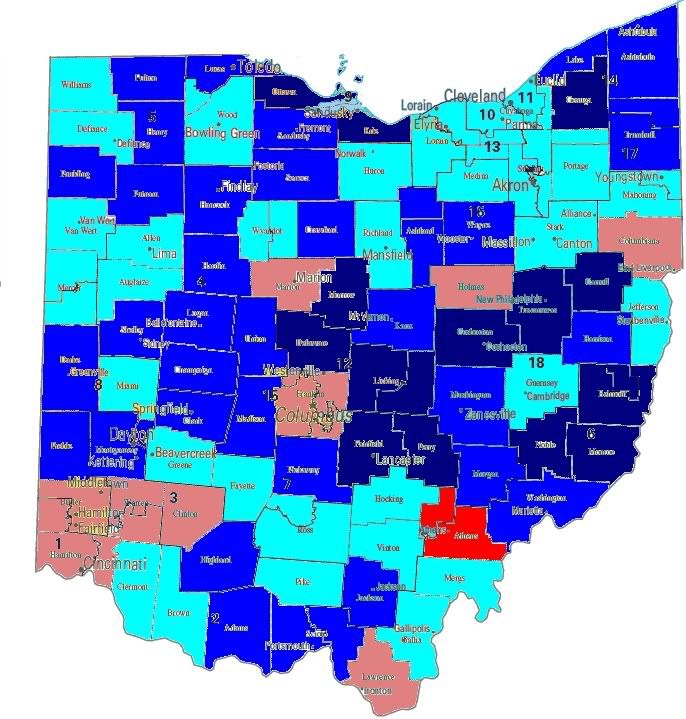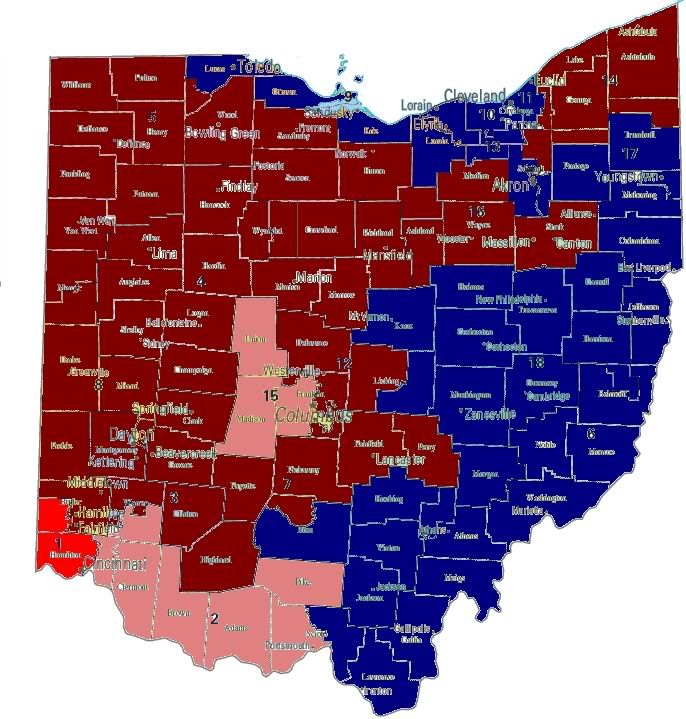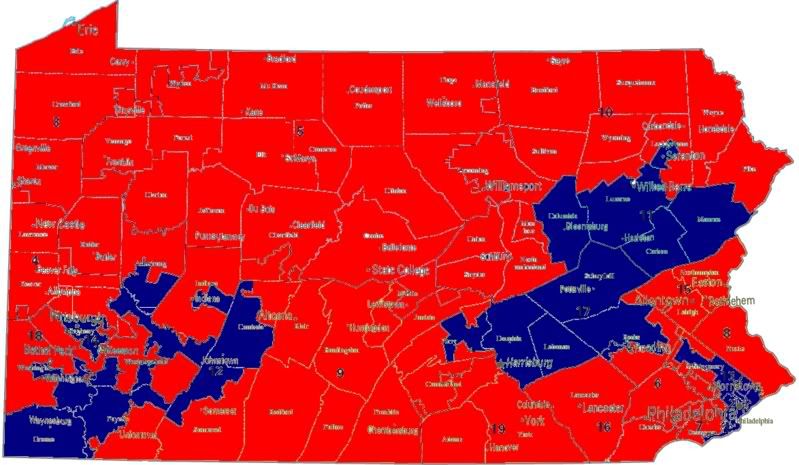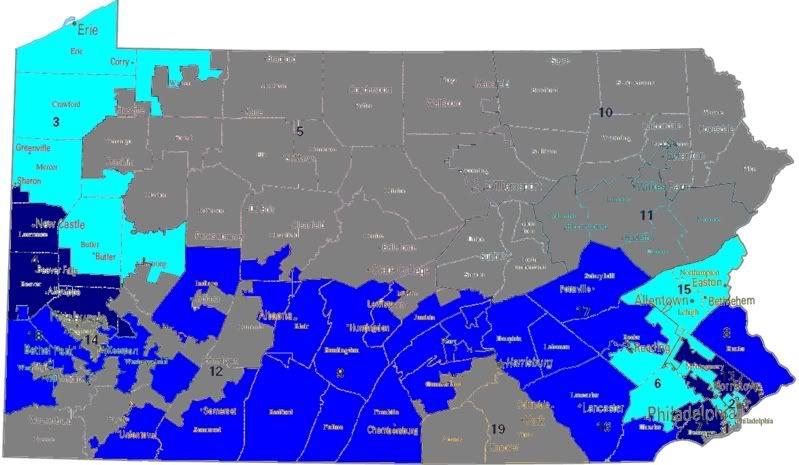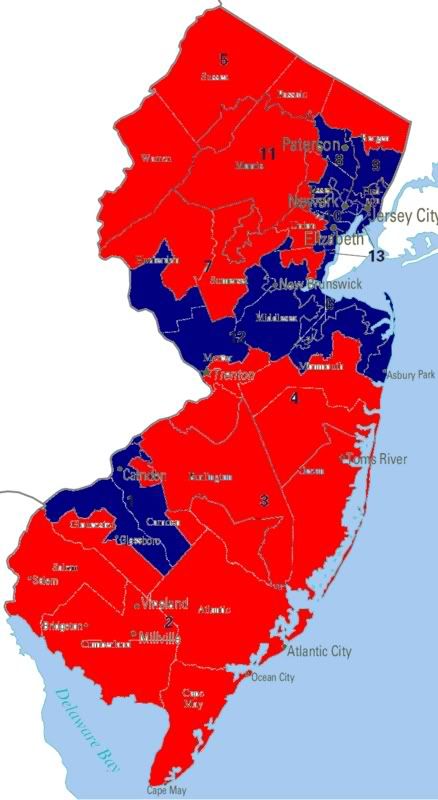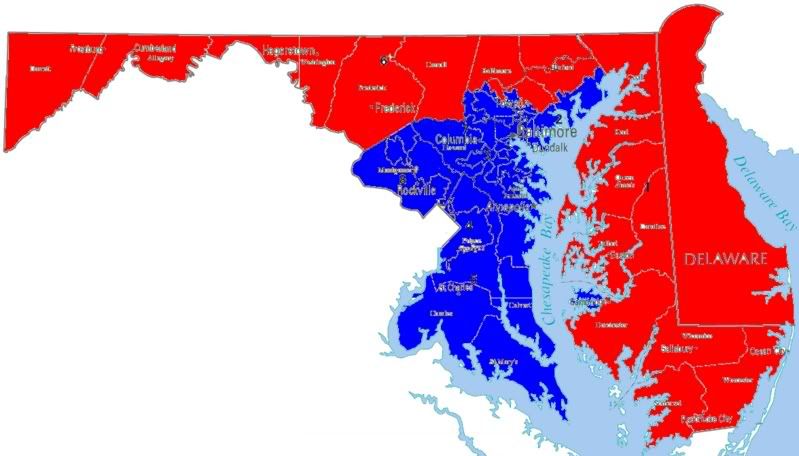One of the things that has come up in this election is whether the macro vs. micro climate, and which is better in terms of determining the outcome of this year’s election. Simply put, Republicans have nominated some pretty bad candidates (Angle, Paul, and possibly Buck, although I think the verdict might still be out on the latter) who would be unelectable in a different year.
Anyway, I thought it would be a fun exercise to put together a list of 10 candidates who were preceived as weak choices for their respective parties at the time, but went on to win in “wave” elections. Feel free to disagree or nominate your own choices below.
Gary Hart (D) vs. Peter Dominick (R), CO-SE, 1974
Peter Dominick was a two term Senator who had served only two years before as the chairman of the NRSC. His opponent was the upstart campaign manager of George McGovern’s disasterous bid for the presidency, which lost the state of Colorado by a substantial margin. But Hart took advantage of the post-Watergate environment to crush Dominick 57.2%-39.5%, beginning a political career that would end in Monkey Business thirteen years later
Alfonse D’Amato (R) vs. Elizabeth Holtzman (D) and Jacob Javitz (I), NY-SE, 1980
D’Amato, the presiding supervisor of the town of Hempstead was given little chance against longtime New York Senator Jacob Javitz, but taking advantage of Javitz’s illness and the conservative tide in 1980, he upset Javitz in the primary. Javitz decided to run as an independent in the general election, but instead of taking moderate Republican votes away from D’Amato he split the liberal and moderate base with Elizabeth Holtzman, who was vying to be the first woman Senator from NY, and in the year of Reagan’s first landslide D’Amato won a close race.
John LeBoutillier (R) vs. Lester Wolff (D), NY-6th District, 1980
Another New York race. LeBoutillier was the original wingnut, a 27-year old rabidly conservative Republican who beat a 16-year incumbent to win election to this Long Island district in this very Republican year. He only lasted one term before being ousted. He’s currently a columnist for NewsMax.com
Jesse Helms (R) vs. Jim Hunt (D), NC-SE, 1984
The always very controversial Helms was considered dead meat against North Carolina’s very popular Democratic governor Jim Hunt. Up until the last couple weeks of the campaign, Hunt was still the favorite in what was then considered one of the nastiest campaigns ever run in American history. But Helms rode the Reagan landslide win that year to hang on to his Senate seat.
Kent Conrad (D) vs. Mark Andrews (R), ND-SE, 1986
Andrews was a longtime North Dakota congressman who joined the Senate in 1980, receiving 70 percent of the vote. He looked so unbeatable for reelection that the state’s Democratic congressman, Byron Dorgan, took a pass. But North Dakota tax commissioner Kent Conrad stepped up to the race, and in a bad year for farm-state Republicans, beat Andrews in a suprise upset
Steve Stockman (R) vs. Jack Brooks (D), TX-9th District, 1994
Jack Brooks had been a congressman for 40 years and was chairman of the powerful House Judiciary Committee. Stockman was pretty much of a nobody who held no political office, although he had run against Brooks once before, in 1992, losing pretty badly. However, Brooks sponsorship of a crime bill opposed by the NRA along with being in the Republican wave year of 1994 doomed Brooks. Stockman, who was dogged by controversy throughout his term, lost to Nick Lampson in 1996.
Rod Grams (R) vs. Anne Wynia (D), MN-SE, 1994.
Grams was a one term congressman and former broadcaster who is likely the most conservative senator ever to be elected from Minnesota. Wynia was a well respected state legislator who was the benificiary of a campiagn by prominent Minnesota DFLers to elect a woman to the Senate. But, in the year of Republican sweep, Grams beat her in a very close race. He lost to Mark Dayton six years later.
Bill Frist (R) vs Jim Sasser (D), TN-SE, 1994
One more from the 1994 election debacle. Bill Frist was a prominent Tennessee physician and major stockholder in his family’s health care company. Jim Sasser was on the short list to succeed George Mitchell as Senate Majority Leader, and he was from a state the Clinton-Gore ticket had won two years before. But Tennessee took on a decidedly conservative bent in 1994, and Sasser lost by 13 points
George Allen (R) v. Jim Webb (D), VA-SE, 2006
In this case, it may not be that Jim Webb was neccesarily a weak candidate, but George Allen was perceived as so strong. A popular former Virgina governor and future Presidential candidate, Allen was viewed as the prohibitive favorite to win reelection, but in an upset prompted by his own stumbles and a good campaign run by Webb, he lost in a very close race.
Kay Hagan (D) vs. Elizabeth Dole (R), NC-SE, 2008
We all are familiar with this recent one, so no need to rehash it. Suffice it to say that no one would have predicted two years before an obscure state legislator would beat the head of the NRSC so badly.
